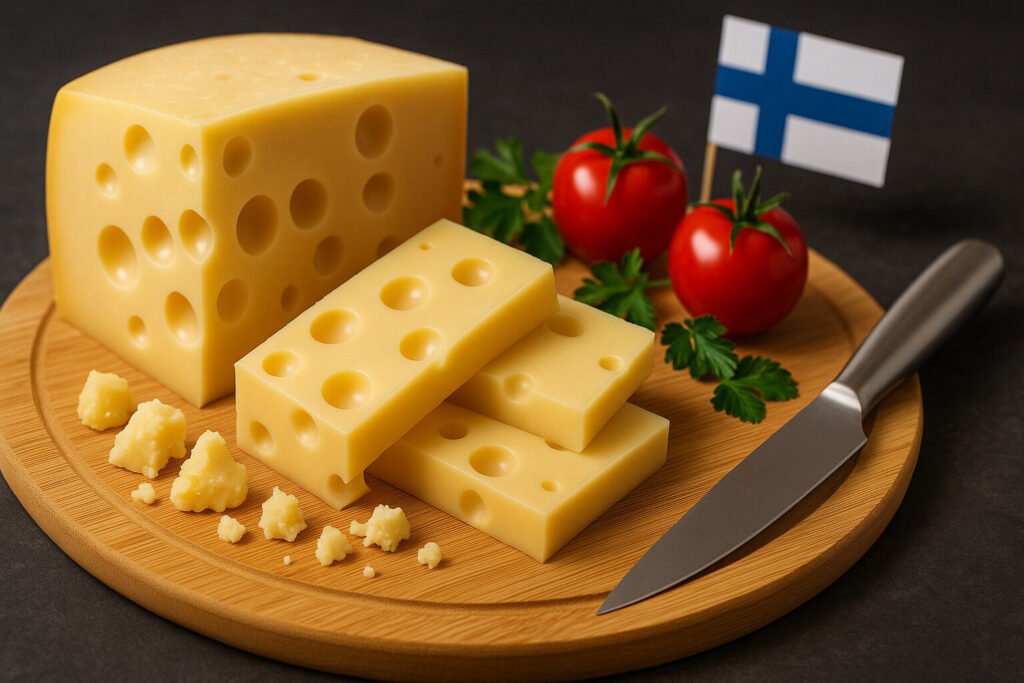Caramel Aroma Cheese
Definition and Scope
Caramel aroma cheese refers to varieties that develop distinct buttery, sweet, and cooked milk notes reminiscent of caramel. These flavors arise from specific biochemical processes during aging, particularly the breakdown of lactose and milk proteins. The category spans multiple cheese styles, including some Alpine types and washed-rind varieties. It is distinguished from other sweet-profile cheeses by its pronounced Maillard reaction characteristics.
This classification encompasses both firm and semi-soft cheeses that undergo controlled temperature aging. The caramel notes typically intensify over maturation periods ranging from three months to several years. These cheeses often share production techniques like warm-room curing and specific bacterial cultures. Their scope includes artisanal farmstead productions and larger commercial varieties meeting the sensory criteria.
Production Process
Caramel aroma development begins with milk selection, often using partially skimmed or whole milk from cows fed on specific diets. The curds are typically cooked at higher temperatures, around 48-52°C, to encourage protein breakdown. Specific thermophilic starter cultures are added to promote lactose conversion into lactic acid. This combination creates the foundation for caramel compound formation during aging.
Aging occurs in carefully controlled environments with temperatures between 10-15°C and humidity levels around 85-90%. The cheeses are regularly turned and brushed to ensure even moisture distribution. Extended aging periods allow for the development of complex carbohydrates and amino acids that create caramel notes. Some producers incorporate cellar-washing techniques to enhance the Maillard reaction process.
Sensory Profile
The aroma presents pronounced notes of cooked milk, butter, and caramel with occasional nutty undertones. On the palate, these cheeses typically offer a smooth, creamy texture that may range from supple to firm. The flavor profile balances sweetness with subtle savory elements, avoiding excessive saltiness. The finish often lingers with toasted milk and butterscotch impressions.
Visual characteristics include pale ivory to golden-yellow paste colors, sometimes with small, scattered eyes. The rind appearance varies from natural to washed, typically developing darker hues with extended aging. Texture ranges from semi-soft and pliable to hard and crystalline depending on moisture content and age. These cheeses generally exhibit good melt properties while maintaining structural integrity.
Culinary Applications
Caramel aroma cheeses excel as table cheeses when served at room temperature to maximize flavor release. They pair exceptionally well with fruits like apples, pears, and dried apricots that complement their sweetness. In cooking, they provide rich, nutty depth to sauces and gratins without overwhelming other ingredients. Their melting characteristics make them ideal for fondues and grilled cheese sandwiches.
Beverage pairings include amber ales, nutty brown ales, and oaked Chardonnay wines that mirror the caramel notes. These cheeses work well in dessert applications, particularly when paired with caramelized nuts or drizzled with honey. They can be grated over pasta dishes to add umami complexity while contributing sweet undertones. Their balanced flavor profile makes them versatile across both savory and sweet preparations.
Regional Examples
French Comté, particularly versions aged over 12 months, frequently exhibits pronounced caramel and roasted nut characteristics. This AOP-protected cheese from the Jura region develops its complex flavor through traditional copper vat production. The mandatory aging in specific cellars allows for consistent caramel note development. Comté’s flavor profile varies seasonally based on the cows’ diet and milk composition.
Swiss Gruyère Alpage, produced in alpine pastures during summer months, often displays distinct caramel notes alongside fruity undertones. Italian Montasio, when aged beyond 10 months, develops similar caramelized milk flavors with a firm texture. These regional examples demonstrate how traditional production methods and local terroir contribute to caramel aroma development. Each maintains unique characteristics while sharing the fundamental sweet, cooked milk profile.

